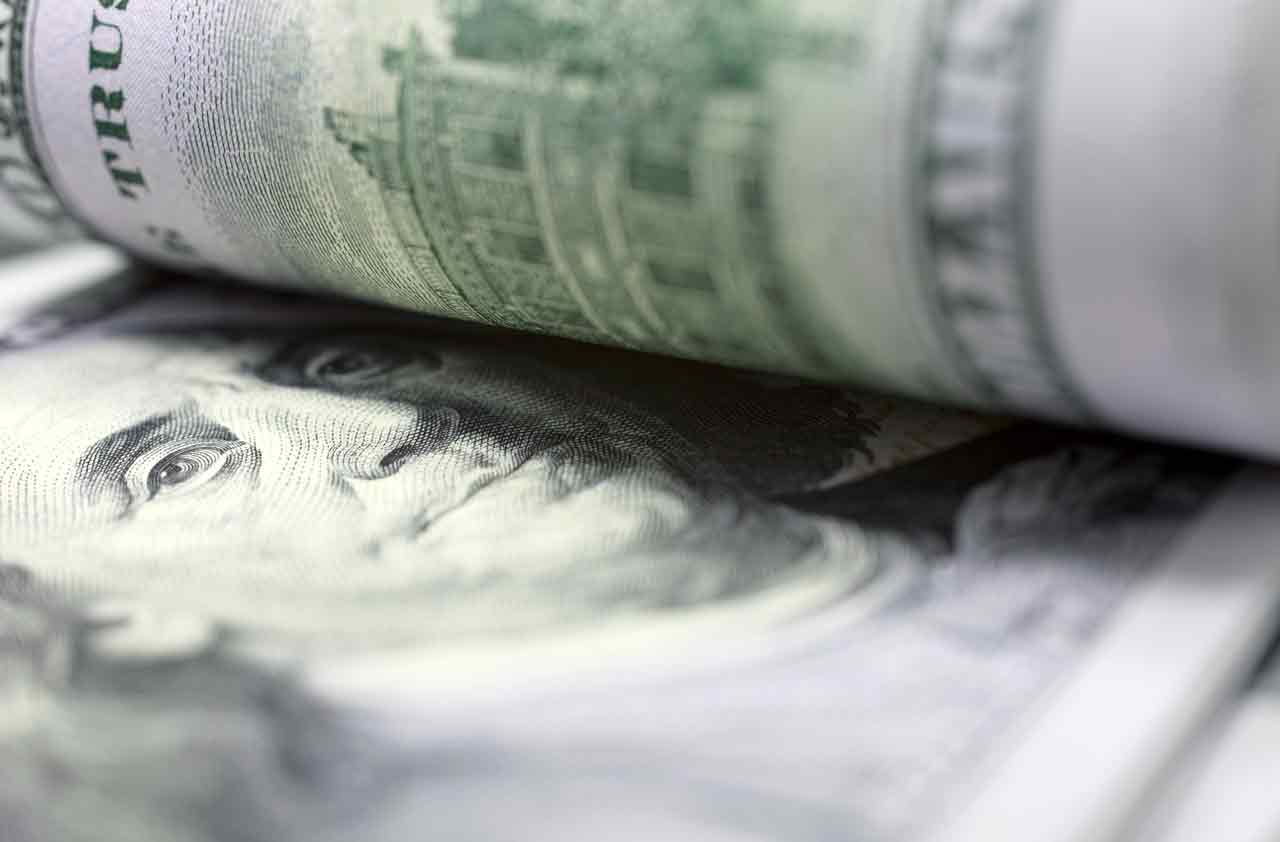Buy Mid Caps on the Cheap
In spite of a rocky 12 months, mid-cap stocks are in a market sweet spot. And investors should consider snapping them up.


Good news for fans of the Kiplinger ETF 20: Following the latest salvos in the brokerage price wars, customers at practically every major online broker can now purchase all 20 of the exchange-traded funds on our list commission-free. Still, investors are unlikely to look back fondly on free trades if the funds they buy post lackluster results.
Take iShares Core S&P Mid-Cap (symbol, IJH), which after an up-and-down 12 months for stocks is among the worst performers on our list. Its –2.6% return lags the large-company Standard & Poor's 500-stock index by 6.9 percentage points over that period. In one sense, that's to be expected. Stocks with midsize market capitalizations (share price times shares outstanding), typically between $2 billion to $10 billion, tend to fare worse than larger names during market downturns, says BlackRock ETF strategist Elizabeth Grenfell. "Large caps by their nature tend to hold up better during periods of volatility, thanks to their size and the stability of their cash flows," she says.
Baked into the one-year results is a particularly nasty downturn from mid September through late December 2018, when the S&P Mid-Cap 400 index, the benchmark that iShares Core S&P Mid-Cap tracks, fell into bear-market territory with a loss of 21%. Mid caps have been slower than their large-company counterparts to recover, and they still haven't made it all the way out of the hole.

Sign up for Kiplinger’s Free E-Newsletters
Profit and prosper with the best of expert advice on investing, taxes, retirement, personal finance and more - straight to your e-mail.
Profit and prosper with the best of expert advice - straight to your e-mail.
But the lag in mid caps presents investors with the chance to buy good stocks relatively cheaply, says Brian Andrew, chief investment officer for wealth management firm Johnson Financial Group. He says mid caps are in a market sweet spot, capturing the fast growth potential of ascending small firms combined with the financial maturity of larger companies. The potential for mid caps to excel has been borne out historically: From 1994 through May 2019, the annualized return of the S&P Mid-Cap 400 has bested comparable small-cap indexes by 0.9 percentage point and large-cap indexes by 2.0 points. Stocks in the mid-cap index currently trade at 16.7 times projected earnings over the next 12 months, compared with a multiple of 17.2 for the S&P 500.
The best way to invest. Andrew recommends that investors use the breakdown of the broad market's capitalization as a guide for their domestic stock allocation, with roughly 70% of assets in large caps, 20% in mid caps and 10% in small caps. The iShares ETF is among the most inexpensive and highly diversified mid-cap funds, charging just 0.07% of assets for exposure to some 400 stocks.
Get Kiplinger Today newsletter — free
Profit and prosper with the best of Kiplinger's advice on investing, taxes, retirement, personal finance and much more. Delivered daily. Enter your email in the box and click Sign Me Up.

Ryan joined Kiplinger in the fall of 2013. He wrote and fact-checked stories that appeared in Kiplinger's Personal Finance magazine and on Kiplinger.com. He previously interned for the CBS Evening News investigative team and worked as a copy editor and features columnist at the GW Hatchet. He holds a BA in English and creative writing from George Washington University.
-
 5 Easy Weatherproofing Projects That Help Prevent Damage and Save on Insurance
5 Easy Weatherproofing Projects That Help Prevent Damage and Save on InsuranceProtect your home from storms and water damage with these simple weatherproofing upgrades — some may help reduce your home insurance premium.
By Paige Cerulli
-
 If Trump Fires Jerome Powell, What Happens To Savings and Mortgage Rates?
If Trump Fires Jerome Powell, What Happens To Savings and Mortgage Rates?President Donald Trump expressed his desire to remove Fed Chair Jerome Powell. If the president is successful, how would it impact your savings accounts?
By Sean Jackson
-
 The 5 Best Actively Managed Fidelity Funds to Buy Now
The 5 Best Actively Managed Fidelity Funds to Buy Nowmutual funds In a stock picker's market, it's sometimes best to leave the driving to the pros. These Fidelity funds provide investors solid active management at low costs.
By Kent Thune
-
 The 12 Best Bear Market ETFs to Buy Now
The 12 Best Bear Market ETFs to Buy NowETFs Investors who are fearful about the more uncertainty in the new year can find plenty of protection among these bear market ETFs.
By Kyle Woodley
-
 Don't Give Up on the Eurozone
Don't Give Up on the Eurozonemutual funds As Europe’s economy (and stock markets) wobble, Janus Henderson European Focus Fund (HFETX) keeps its footing with a focus on large Europe-based multinationals.
By Rivan V. Stinson
-
 Vanguard Global ESG Select Stock Profits from ESG Leaders
Vanguard Global ESG Select Stock Profits from ESG Leadersmutual funds Vanguard Global ESG Select Stock (VEIGX) favors firms with high standards for their businesses.
By Rivan V. Stinson
-
 Kip ETF 20: What's In, What's Out and Why
Kip ETF 20: What's In, What's Out and WhyKip ETF 20 The broad market has taken a major hit so far in 2022, sparking some tactical changes to Kiplinger's lineup of the best low-cost ETFs.
By Nellie S. Huang
-
 ETFs Are Now Mainstream. Here's Why They're So Appealing.
ETFs Are Now Mainstream. Here's Why They're So Appealing.Investing for Income ETFs offer investors broad diversification to their portfolios and at low costs to boot.
By Nellie S. Huang
-
 Do You Have Gun Stocks in Your Funds?
Do You Have Gun Stocks in Your Funds?ESG Investors looking to make changes amid gun violence can easily divest from gun stocks ... though it's trickier if they own them through funds.
By Ellen Kennedy
-
 How to Choose a Mutual Fund
How to Choose a Mutual Fundmutual funds Investors wanting to build a portfolio will have no shortage of mutual funds at their disposal. And that's one of the biggest problems in choosing just one or two.
By Coryanne Hicks